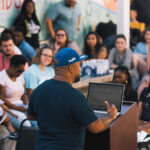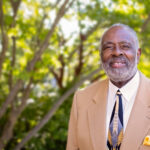On a Monday morning 17 years ago, Russ Gregg quit his job because of a sermon he’d heard the day before about “venturing something for God that’s a little bit crazy.”
So he left his position as development director for a Christian school in one of Minneapolis’s wealthiest suburbs in order to launch a classical Christian school in one of the city’s poorest, most violent neighborhoods.
Without teachers, parents, a building, or financial support, Gregg was determined to love his neighbors as he loved himself. So he sought to give them the best education he could think of—a school like the one his own kids attended.
Seventeen years later, Hope Academy has grown from 35 students in a church basement to 500 students in a seven-story school building. Among Hope’s five classes to date, 99 percent of students have graduated. In fact, almost every graduate (95 percent) was accepted at two- or four-year colleges, with a few receiving full-ride scholarships to private liberal arts colleges.
“This is in a community where half of my neighbors aren’t even graduating from high school,” Gregg said. “The ones who do graduate read at an eighth-grade level.”
Even better, Gregg has also seen “promising fruit” among students in their desire to follow Christ.
The astonishing growth and success of Hope mirrors the classical Christian education movement that’s been sprouting up across the country for the past 25 years. In the fall of 1993, there were 10 such schools in the United States. By 2003, there were 153.
Today, more than 251 schools are members of the Association of Classical Christian Schools (ACCS), and they educate more than 43,000 students a year. But the total number of students receiving a classical Christian education each year is both higher and harder to calculate, since it includes both non-ACCS member schools and home schools.
Nonetheless, experts place the number of somewhere between 200,000 to 300,000 students nationwide.
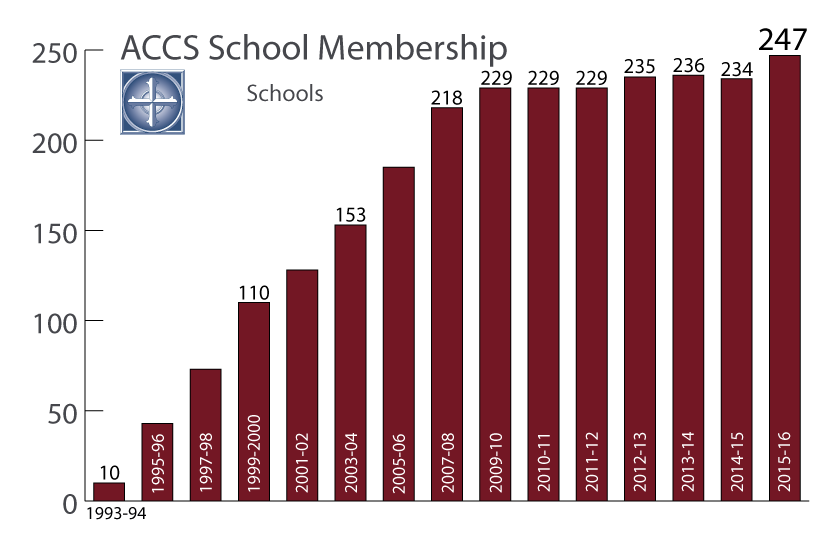
Going Back to Go Forward
While calling education “classical” is new, the practice is as old as Plato and Socrates.
“What we call ‘classical education’ was before the late 1800s simply ‘education,’” said Christopher Perrin, a national leader in the classical education movement and founder and CEO of Classical Academic Press. “The word ‘classical’ as an adjective has become dominant now because we’re describing its renewal.”
In the late 1800s, classical education was “calcifying,” Perrin said. While there were some good schools, there was also “some severity and some austerity and some examples that weren’t great.”
At the time, many factors prompted the invention and rise of progressive modern education. And in the face of the industrial revolution, mass immigration, the scientific revolution, and the advent of social sciences, classical education simply couldn’t hold its own.
Early in the 20th century, influential educational reformer John Dewey argued against objective truth. He believed education should be solely pragmatic and focused on helping humans adapt to their environment. Dewey’s goal instead was to equip individuals for particular spheres of usefulness: business, medicine, housework, or factories.
“What it boils down to is that a certain group of people are educated for factories, and another group to rule, but everybody is going to be educated for practical reasons,” said Andrew Kern, who founded the Circe Institute in 2001 as a center for independent research on classical education.
This approach to education quickly became popular, so much so that progressive education has dominated the landscape in the United States since the 1920s, and until lately, classical education was nearly extinguished.
“The questions in education went from ‘What kind of citizen do we want?’ to ‘What do they need to be able to do, and how can we prepare them for that?’” said Keith Nix, who heads the Veritas School in Richmond, Virginia. Nix also sits on the boards for ACCS and the Society of Classical Learning (SCL).
“Not only did we start to lose subjects like Latin, but we also started thinking differently about subjects like mathematics. If we think math is man-made, the question is ‘What do I need it for?’ rather than ‘What is true and beautiful and good about math that I need to pursue?’”
Reimagining math as a good gift from God shifts the entire framework, Nix said.
“It’s not ‘What good will it do me?’ but ‘How do I respond to this thing God gave me, and in my pursuit of it what kind of human being am I becoming?’”
Finding the Lost Tools
As Western education drifted from traditional education, author Dorothy Sayers sounded the alarm in her 1947 essay “The Lost Tools of Learning.” She wrote,
The combined folly of a civilization that has forgotten its own roots is forcing [the teachers] to shore up the tottering weight of an educational structure that is built upon sand. They are doing for their pupils the work which the pupils themselves ought to do. For the sole true end of education is simply this: to teach men how to learn for themselves; and whatever instruction fails to do this is effort spent in vain.
‘For the sole true end of education is simply this: to teach men how to learn for themselves; and whatever instruction fails to do this is effort spent in vain.’ — Dorothy Sayers
In his book The Abolition of Man, C. S. Lewis similarly warned that the modern education system was going to be a problem:
For the wise men of old the cardinal problem had been how to conform the soul to reality, and the solution had been knowledge, self-discipline, and virtue. For magic and applied science alike the problem is how to subdue reality to the wishes of men.
Then, in the early 1980s, three classical schools independently sprouted at the same time in Idaho, Indiana, and Kansas.
“If you were to define the three places classical education was least likely to be heard of, this would be it,” said ACCS president David Goodwin.
Logos School in Moscow, Idaho, sparked the book Recovering the Lost Tools of Learning. The book, which referenced Sayers’s essay, launched “about 100 schools in five years,” Goodwin said.
Across the country, classical schools reinstated history classes that taught chronologically from creation to the modern era. In the modern educational schema, Dewey had traded out history for social studies. These new classical schools also taught children to read based on phonics instead of whole language; they dusted off classic literature and Latin flashcards, implemented Socratic discussion and school uniforms. They taught the fruits of the Spirit and sought to shape the souls of children so they would in time seek and enjoy God.
Throughout the decades, those elements hadn’t completely disappeared, Perrin said, but they only showed up in pieces.
“Now we’re trying to take all the pearls and put them on a string again,” he said. “It’s like putting together a puzzle having lost the box top.”
But by the 2000s, led by groups like the ACCS, the SCL, and the Circe Institute, a renewed classical education movement began to take shape. This movement centered on three biblical ideas: truth, goodness, and beauty.
Truth
Administrators and teachers first sought to reassemble the curriculum that had been used for centuries. This curriculum teaches in what’s called the trivium, because it’s tailored to three stages of child development.
The first stage is grammar school (grades 1–4), in which teachers focus on telling stories, and students memorize math facts, history timelines, and Bible verses.
The second stage is logic school (grades 5–8), in which teachers cover the same ground, but in greater depth and with an eye to teaching logic and helping students test and debate what they’re learning.
The third stage is rhetoric school (grades 9–12), in which students dig into texts more deeply, honing their ability to write and speak about truths they’ve learned and tested.
Goodness
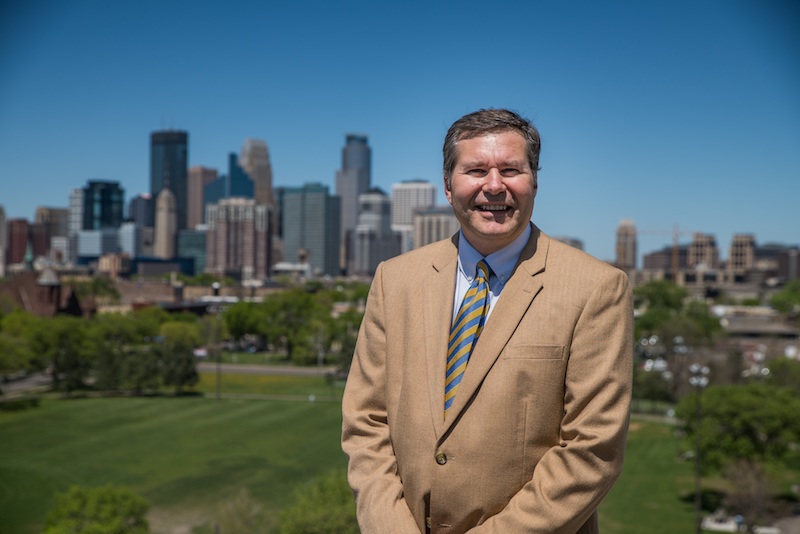
But classical schools don’t fulfill their purpose if they’re only teaching students truth. They also seek to cultivate goodness in students’ lives.
“One of the number one values of Hope Academy is . . . to cultivate virtues—the fruits of the Spirit,” Gregg said. “What do we do if we have a student bullying another student? There’s good news from the gospel both for the bully and also the one being bullied that could cause repentence and bring about reconciliation.”
‘What kind of citizen and human being and Christian will they be at age 30? 40? 60? What kind of old men do we want these fifth graders to be?’ — Keith Nix
He said Hope encourages high parental involvement, which can be hard in the inner-city.
“Many schools have decided it’s hopeless to engage the families,” Gregg said, “but we have bucked against that trend and gone to some extraordinary lengths to engage and involve parents.”
Every year teachers visit the home of each child in their class. Parents are required to come to school two Saturdays a year, where they attend workshops on how to support their child’s education. Hope also provides parental report cards to let them know how they’re doing.
“In our neighborhood, about 15 percent of parents go to parent-teacher conferences,” Gregg said. “Here it’s 97 percent on the first day, and the other 3 percent get it done the next week.”
That’s because Hope asks them to keep their children home until the conference is rescheduled.
“New families don’t believe we’ll follow through, but we do,” he said. “We find that all of us need accountability.”
Leaning on parents for involvement fosters a community of love, something that prospective parents find more attractive than academic strength, Gregg said.
“Being a college prep school is too small of a goal,” Nix said. “When we come together and talk about the kind of schools we’re building, we return to the question ‘What kind of citizen and human being and Christian will they be at age 30? 40? 60? What kind of old men do we want these fifth graders to be?’”
Those questions change everything, Nix said.
“One way the Devil can get in is to get us too focused on something that is good but not best,” Perrin said. “If we focus on the good of curriculum and neglect Christian love, we’ll destroy everything, because we’ll have made the secondary thing primary.”
Beauty
“In the early years, the focus was on the truth of the curriculum, then on community,” Perrin said. “In the last five to seven years, the focus has been on the discovery of beauty.”
Instead of fluorescent lights, plastic posters, and jumbled rooms, classical educators are wondering how they can make the physical school buildings more beautiful.
“Schools are starting to ask, ‘What would beauty look like in a classroom or a school hallway?’” Perrin said.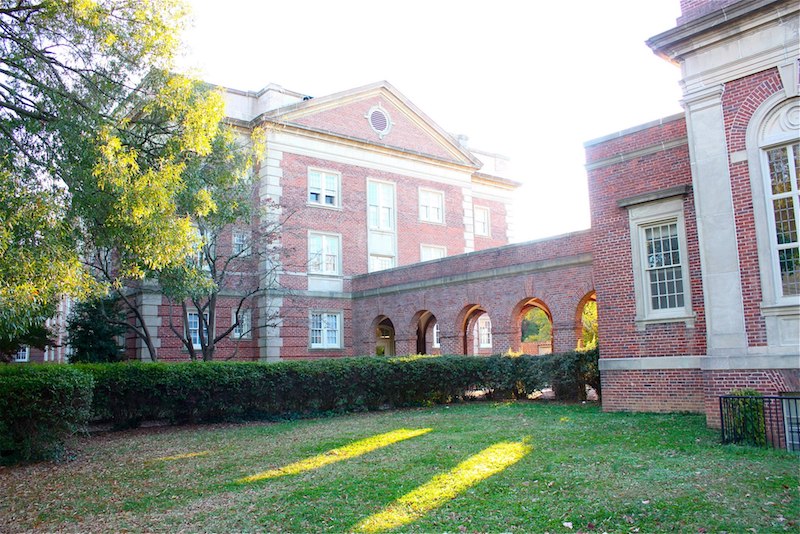
They’re also making some of their activities beautiful. Some schools gather their students in the halls in the morning or afternoon to sing a hymn, a cappella, as a blessing on their day. Others are busy beautifying their lunch periods, setting round tables with real tablecloths and playing classical music.
Homeschools
But these schools aren’t the whole story. Classical Christian education is also trending in homeschools.
Perrin said most homeschools choose “eclectic” curriculums. But recently, many have turned to classical education curriculums.
One homeschool program, Classical Conversations, serves more than 100,000 students. And Susan Wise Bauer’s The Well-Trained Mind: A Guide to Classical Education at Home, now in its fourth edition, has sold more than 100,000 copies since its publication in 1999.
Colleges
One of the biggest challenges has been staffing all these new classical schools. The number of teachers who have received a classical education themselves, even at this point, is minimal.
As more classically educated students show up on campuses across the country, colleges are feeling the pressure to provide training suitable for them, Kern said.
New Saint Andrews, a college founded amid this classical renewal, began in 1994 with four students from a nearby church in Idaho. Now it has almost 200 graduate and undergraduate students.
Other colleges are beginning to come online, Perrin said. Grove City College has added a minor in classical studies. Hillsdale College has also added a minor to prepare teachers to teach classically. Baylor University’s “Great Texts” program offers good preparation for classical Christian teachers, as does Houston Baptist University’s master of liberal arts program.
For More Than the Elite
Another challenge has been the stereotype that classical education is for wealthy children with high IQs. To be fair, this assumption has a whiff of truth to it. Classically educated children score higher on standardized tests, and private education by nature costs more than public. ACCS schools average an annual price tag of $7,000.
But classical educators point to the success of Gregg’s Hope Academy as proof that classical education isn’t just for the privileged elite. Three-quarters of the students are from low-income families; 80 percent are ethnic minorities.
Three-quarters of the students at Hope Academy are from low-income families; 80 percent are ethnic minorities.
And yet their math and reading test scores are three times those of neighboring public schools.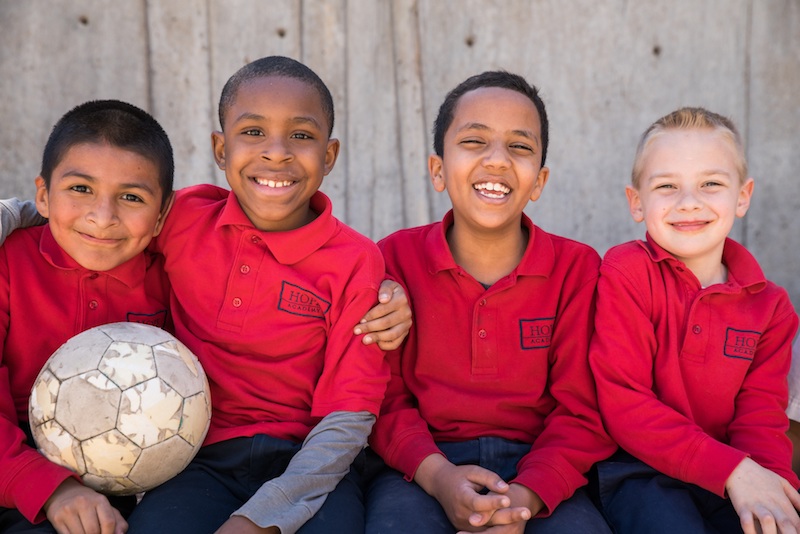
What’s more, these students are accomplishing it on only $9,000 a year—a relative bargain compared to the $12,000 a year Minnesota spends on its public school students, and the $21,000 spent on Minneapolis private school students.
Of course, in a school where the median household income is less than $28,000 a year, $9,000 remains far too high a price to pay. That’s why all of Gregg’s students are on a scholarship model, he said. Parents pay what they can afford on a sliding scale; for many, it works out to around $600 a year, and the rest of the cost is picked up by sponsors.
These 500 students require a lot of sponsors, especially with the school’s excellent 88 percent retention rate.
“Every year, we need to find 40 to 50 more partners who say, ‘I really do want to change the inner city in the most powerful way possible by giving this child a great, God-centered education,’” Gregg said.
Looking to the Future
Hope’s seven-story building used to be a public school, but it closed down after failing to achieve its academic objectives.
Today, Gregg is raising $7 million dollars to add to the building: 10 more classrooms, a second gym, and an expanded cafeteria. He wants to raise enrollment from 500 to 700 students in the next five years.
At the same time, he’s raising $3 million to plant 10 Hope Academy schools around the country, the first of which will launch next fall in Houston’s Fifth Ward.
Gregg is not without his fair share of worries, chief among them religious freedom and students who show up far behind. But all things considered, he’s optimistic.
“Giving students the tools to become lifelong learners—that’s the kind of education I want for my neighbors.”
Is there enough evidence for us to believe the Gospels?
 In an age of faith deconstruction and skepticism about the Bible’s authority, it’s common to hear claims that the Gospels are unreliable propaganda. And if the Gospels are shown to be historically unreliable, the whole foundation of Christianity begins to crumble.
In an age of faith deconstruction and skepticism about the Bible’s authority, it’s common to hear claims that the Gospels are unreliable propaganda. And if the Gospels are shown to be historically unreliable, the whole foundation of Christianity begins to crumble.














